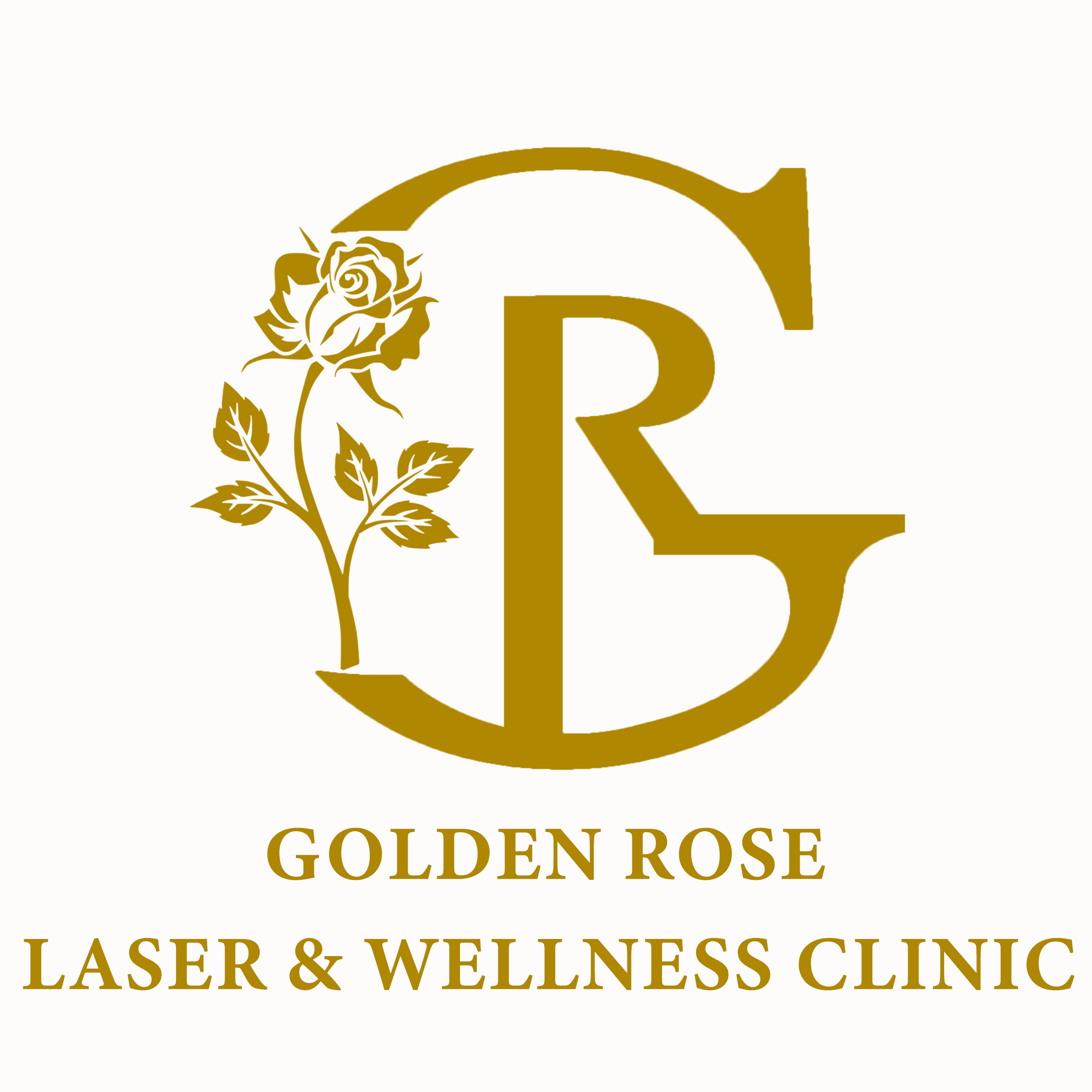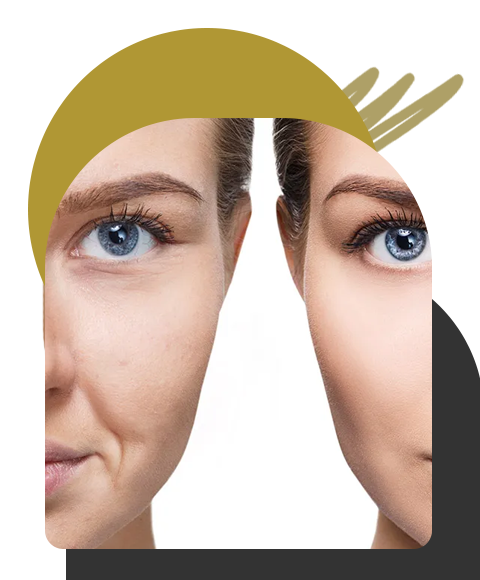PRP for Face
PRP for Face also known as Platelet-Rich Plasma therapy for the face, is a cosmetic procedure aimed at rejuvenating the skin and improving its overall appearance. It involves extracting a small amount of the patient's blood, typically from the arm, and spinning it in a centrifuge to separate the plasma, which is rich in platelets, growth factors, and other healing factors, from the red blood cells. The concentrated platelet-rich plasma is then applied to the face either by injection or by topical application.
When applied to the face, PRP stimulates collagen production, promotes cellular turnover, and enhances skin elasticity and texture. This can lead to improvements in various skin concerns, including fine lines, wrinkles, acne scars, sun damage, and uneven tone and texture. PRP can also improve skin hydration and overall skin health.
Face PRP is typically performed in a series of sessions, spaced several weeks apart, to achieve optimal results. While individual results may vary, many people experience visible improvements in their skin's appearance and texture following PRP treatment. Since PRP utilizes the patient's own blood, it is generally considered safe with minimal risk of allergic reactions or adverse effects.





